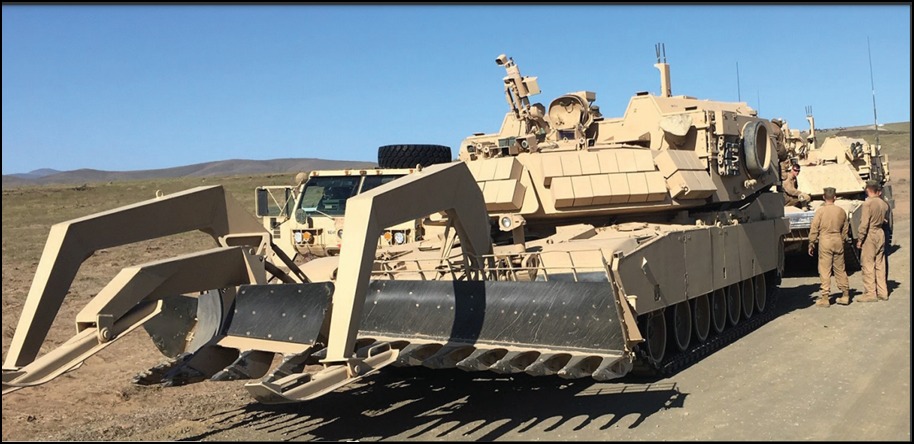Más allá de los múltiples desarrollos que se llevan adelante en el área de Drones con capacidad letal, existen también otros sistemas autónomos terrestres (UGS), que desde hace años prestan servicio en algunas FFAA. Se trata de tecnologías que han alcanzado un adecuado nivel de maduración y cumplen importantes roles en apoyo de los elementos terrestres empeñados en combate. Detección y neutralización de explosivos, limpieza de zonas minadas, exploración de espacios confinados, son algunas de las funciones que estos robots terrestres han estado realizando y realizan en escenarios de guerra como Irak, Afganistán, Ucrania y la Franja de Gaza. Son vitales las ventajas que otorgan, proporcionando distancias de seguridad entre los combatientes y las potenciales amenazas. Por ello los países los incorporan e invierten en programas de I&D específicos.
SITREP
The subject of ground robotics usually brings to mind major programs like: the US Army’s XM30, a large weaponize platform replacing the Bradley Fighting Vehicle; or the three Robotic Combat Vehicles in the Next Generation Combat Vehicle program, each weighing in the tonnage; or even US Navy robotics like unmanned underwater vehicles that are autonomous and remotely operated.
At the same time, there’s another class of robotic systems that exist today that are programmatic, sustainable, and mature, and playing roles in tactical environments now. Think throwable robots to surveil a bombed-out building, explosives ordnance detection robots with greater autonomy for standoff distance; robotic mules now deployed in the hundreds to take weight burden off soldiers; and autonomous machines for route clearance for maneuver forces.
Robots that perform these functions are now part of the force structure, and becoming more capable through the addition of autonomy and connectedness than they’ve been since the days they served ground forces during the Afghanistan/Iraq wars.
Ground robotics are now again beginning to play a more prominent role due to the amount of ordnance being used in Ukraine and elsewhere around the world. That’s fueling the need to create greater standoff distances between warfighters and hazards, and the imperative for better intelligence, surveillance, and reconnaissance.
Barry Rosenberg
Technology & Special Projects Editor
Breaking Defense
![]() Fuente: https://info.breakingdefense.com
Fuente: https://info.breakingdefense.com


